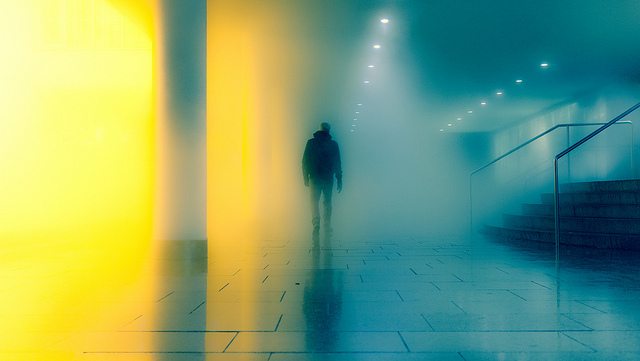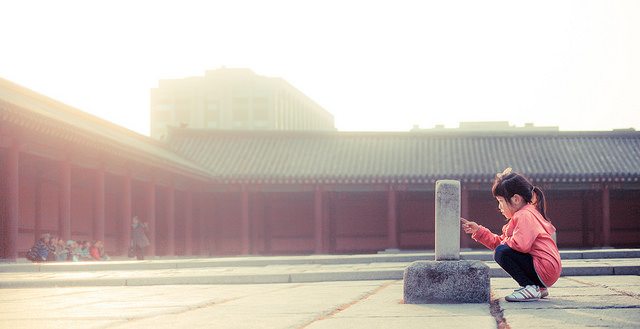
I know the title may sound a little sensational, but I’d love to get to the bottom of this. Please consider this article more as a discussion and food for thought than a definite answer to the initial question.
While pursuing my Master’s degree in Psychology at University of Twente in the Netherlands, one of the most heated discussions was always regarding the nature versus nurture debate. In case you haven’t heard of it, it revolves around how much of your innate qualities are genetic and how much are based on your experiences. Are you smart because you have the genetic material to be smart or did you simply become smart by what you’ve done and how you were brought up? To this day there’s no definite answer to these questions and many researchers propose that the debate should be retired.
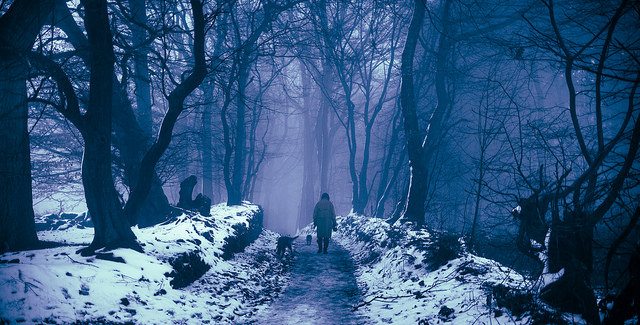
However, I was wondering how much the quality of your photography can be attributed to your “photographic gene”, i.e. the creative potential in your brain or to what extent you educate and push yourself to the limits. Is there something like a photographic gene and if so, do you have it?
I’m not going to dive into the infinite depths of neuropsychology, but the brain is basically divided into two halves. These halves are connected by a bundle of fibers, which is referred to as the corpus callosum. According to research, artists such as photographers apparently have a smaller corpus callosum. As a consequence, the two sides of their brain have more room to specialize. This basically enables the brain to come up with more ideas, which are essential to being creative.
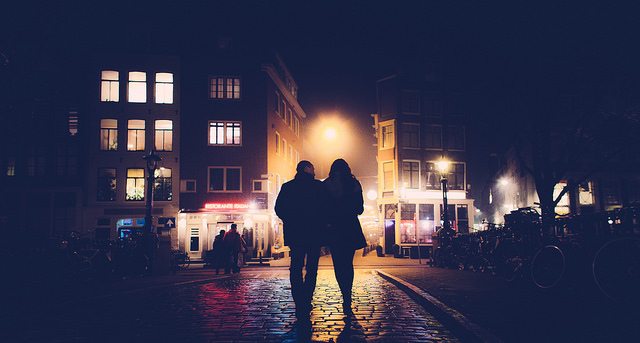
Besides a potential genetic disposition, creativity also consists of making the right connections. Knowledge is knowing a lot of different things, but experience means being able to connect them in a meaningful way. Steve Jobs once said: “Creativity is just connecting things. When you ask creative people how they did something, they feel a little guilty because they didn’t really do it, they just saw something. It seemed obvious to them after a while.” This is another crucial aspect that has to be taken into consideration.
But what does this all mean for our photographic gene? According to researchers there may be a genetic potential that might make your brain more inclined towards thinking creatively. But the brain is simply too complex and research delivers way too many opposing results every year that I wouldn’t worry too much about that. There may or may not be some sort of tendency, but it’s too insignificant to turn you into a Mozart or Picasso right away without the true “photographic gene”.
If I may give my personal definition of the “photographic gene” as a photographer and not psychological researcher, I’d describe it as follows:
One of the highest creative competencies is called “framing”. It simply means that you interpret the world in your very own way. You attach your own meaning and feelings to something which helps you re-interpret and re-frame things that are already there.
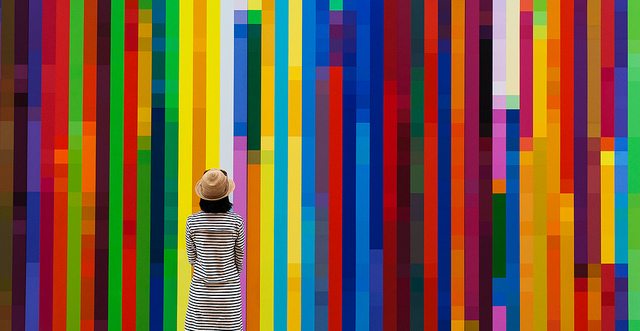
I hear people say all the time: “Yeah, he just has a good eye.” But how did he or she get that good eye? If I look back at my own development in photography, I can honestly say that the photos I took in the first two years were average at best. Nothing special, really. But what has made all the difference as far as I’m concerned is my incredibly high drive to get better and the hard work I’ve put into my photography for the last four years.

“Hard work always beats talent, if talent doesn’t work hard” is a great way of putting it I think. Whether you have that biological potential or not it doesn’t matter. It really doesn’t. What matters is your true photographic gene: your eye, heart and soul which are one in a million in this world, the love you have for light, life and yourself and the utmost effort you are willing to make every single day to bring your vision to life.
I’ve seen quite a few “talented” photographers over the years that didn’t show the work ethic it took to turn that raw diamond into a real one. At the same time I’ve seen bad to at best mediocre photographers who were unstoppable in their passion to get better. They live off their photography nowadays and completely re-invented themselves.
Let’s say you think of yourself as not very “talented”. Forget about photography for a second and think more about life. What is out there that fascinates you way more than anybody you know. Cars? Weird clothes? Trash? Cold November days? It doesn’t matter. What truly matters is your love for it. That’s why I always preach: love life! Love and passion are your drivers for innovation in photography.
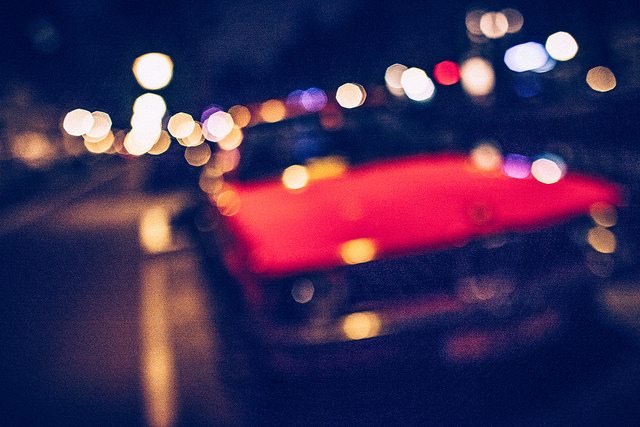
So most people see that nice classical car and take a photo from the outside. The wheels. A photo from the front. Some maybe even capture it with a low angle shot or portray the cool look of the interior. Your passion goes deeper than that! What you love about this car is the old steering wheel with these tiny stitches and marks in the leather. When you look at that car, you fall in love with the classic feel of the gas pedal and the reflections of the gear shift. While all others overlook the ash tray, you just admire the little bits of ashes left in it there, because they tell the endless stories this car was part of.
That’s the difference, that’s what I call your “photographic gene”: your love for life combined with a well-developed craft that you’ve worked on for years to perfect. No matter what research reveals in the following years, I am absolutely convinced that the strongest creative innovator for incredible photography will always be your deep love for things that you feel from the bottom of your heart.
